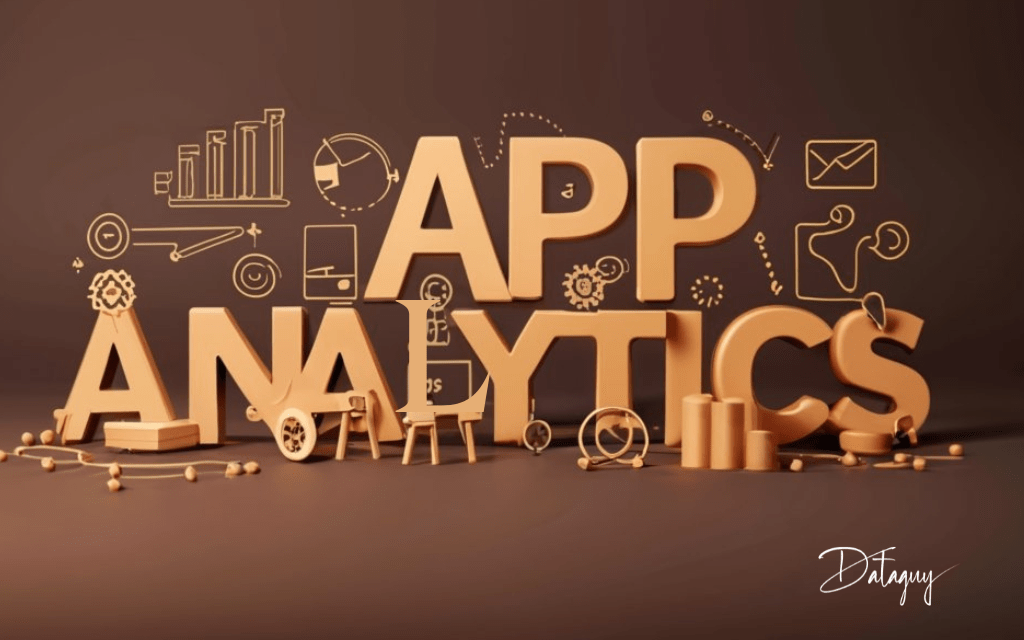Last updated on August 19th, 2024 at 03:18 pm
Insights Index
ToggleMastering App Analytics: Unveiling the Secrets of Mobile Success
Introduction
In today’s hyperconnected world, mobile applications have become an integral part of our daily lives. Every tap, swipe, and action within an app carries immense value, providing developers and marketers with invaluable insights. App Analytics serves as the guiding light, transforming these interactions into actionable data that propels app success.
In this extensive guide, we’ll delve deep into the world of App Analytics, exploring its fundamental principles, applications, and the pivotal role it plays in shaping exceptional user experiences and driving mobile app success.
I. Navigating the App Analytics Landscape: Understanding User Behavior
App Analytics serves as the heart and soul of app development and marketing strategies. At its core, it revolves around comprehending user behavior within mobile applications. It involves the meticulous analysis of user data to optimize app functionality, enhance user engagement, and drive substantial growth.
For instance, understanding user behavior through retention rates, session length, and in-app conversions empowers app developers to tailor app experiences to suit user preferences effectively. Retention rates not only gauge app stickiness but also shed light on the value users find in the app.
II. Key Components of App Analytics
-
User Engagement Metrics:
- Retention Rates: A high retention rate signifies that users find value and purpose in the app, contributing to its success.
- Session Length: Longer session durations indicate higher user engagement and satisfaction.
- In-App Conversions: Analyzing user actions within the app provides crucial insights into user behavior and preferences.
-
Technical Performance:
- Crash Reports: Identifying and resolving app crashes promptly ensures a smooth user experience.
- Load Times: Faster loading times contribute significantly to user satisfaction and retention.
- Device-Specific Data: Understanding user behavior across various devices aids in optimizing app performance universally.
User Behavior Analysis:
- Feature Utilization: Identifying frequently used and less utilized app features guides developers in enhancing app functionality.
- User Flows: Mapping user journeys helps in identifying bottlenecks and improving user experiences.
- Feedback Analysis: Gathering user feedback allows for continuous improvement and user-centric updates.
III. Tools and Platforms
Numerous powerful tools and platforms enable robust App Analytics, providing developers and marketers with comprehensive insights into app performance and user behavior:
- Google Analytics for Mobile Apps: Offers in-depth data on user behavior, conversions, and app performance.
- Flurry Analytics: Provides detailed analytics on user demographics, behavior, and ad performance.
- Firebase Analytics: Integrated with Google’s Firebase, offers real-time insights and unlimited reporting capabilities.
IV. Strategic Applications of App Analytics
-
User-Centric Design:
Personalization: Tailoring app experiences based on user behavior drives engagement and user loyalty.
Usability Testing: Analyzing user flows and navigation patterns enhances app usability. -
Marketing Optimization:
Targeted Campaigns: Segmentation based on user behavior ensures personalized marketing strategies.
Conversion Rate Optimization: A/B testing app elements maximizes conversion rates and revenue. -
Technical Enhancements:
Bug Fixing: Swiftly addressing technical issues maintains app stability and user satisfaction.
Performance Upgrades: Enhancing load times and responsiveness reduces bounce rates and improves user experiences.
V. Ethical Considerations and Data Security
- User Privacy: Upholding user privacy through compliance with regulations and transparent data usage practices.
- Data Encryption: Ensuring secure data storage and transmission fosters trust and credibility with users.
VI. Continuous Learning and Adaptation
- Staying Updated: Continuous learning about evolving tools and trends is crucial for effective App Analytics.
- User Surveys: Regular user feedback collection enables the app to adapt to evolving user preferences effectively.
Conclusion: Transforming Data into Delightful User Experiences
In today’s dynamic app landscape, App Analytics isn’t merely about numbers; it’s about understanding and catering to the needs and preferences of users. By unraveling user behavior, optimizing features, and fostering meaningful interactions, apps evolve from mere downloads to indispensable tools that users cherish and engage with regularly.
Embrace the power of App Analytics. Decode user behavior, enhance user experiences, and let data guide your path to mobile success.

